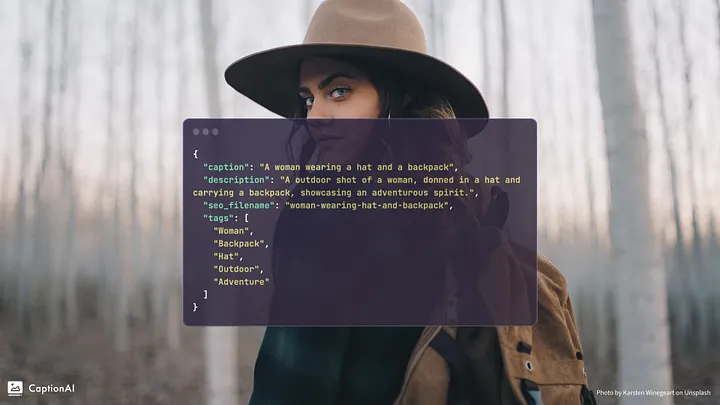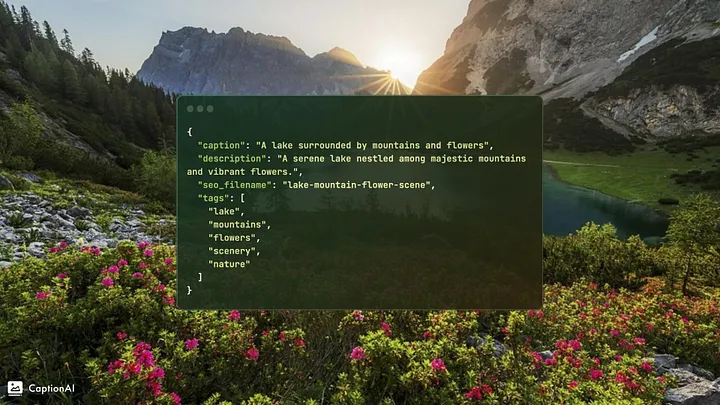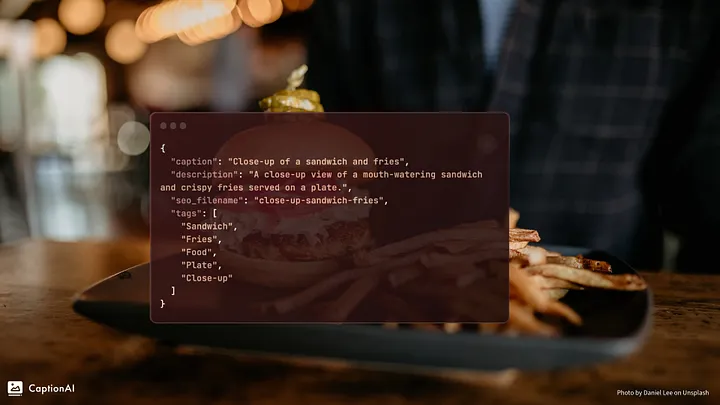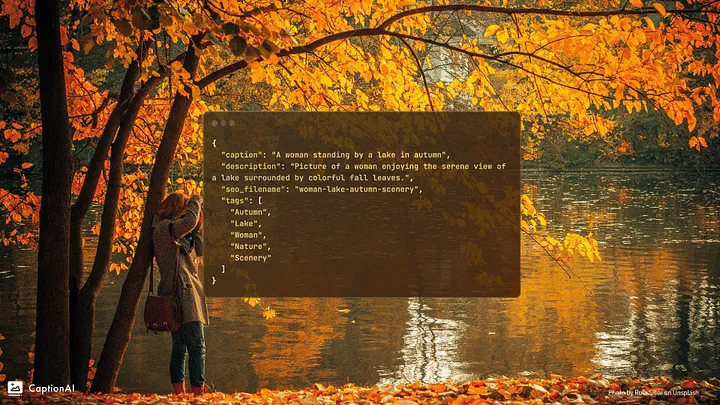The Inclusive Web: AI’s Role in Bridging Web Accessibility Gaps
Let’s take a small step towards making the web more accessible

“We need to make every single thing accessible to every single person with a disability.” ― Stevie Wonder


The world today has become highly interconnected. The information flows freely, and websites have become the gateways to knowledge, services, and opportunities. But imagine for a moment that you couldn’t open that gate, that the keys to the online kingdom were just out of reach. That is the sad reality for millions with disabilities who encounter digital barriers daily.
Artificial Intelligence (AI) has the tremendous potential to transform accessibility. In the not-so-distant past, AI development required a deep understanding of complex algorithms, programming languages, and extensive computational resources. However, that landscape has shifted dramatically, and the technical advancement of AI has become affordable and accessible to everyone.
So why not use the power of AI to make the web more accessible and improve the lives of millions?
Let’s talk about alt text
Alt text, short for “alternative text”, is a descriptive text attribute added to an HTML image element. Its primary purpose is to provide a textual description of an image on a web page for people who cannot see the image, including individuals with visual impairments who use screen readers to access web content.
One of the most common pitfalls in enabling accessible content is the lack of alt text in the image across the web. That is somewhat understandable, as manually writing alt text for every image on a website or platform can be a time-consuming and resource-intensive task.
Automatic alt text
This is where AI can be of great help. Services like CaptionAI help you generate image metadata like caption (alt-text), description, and tags for the images automatically and effortlessly.
Automatic caption ensures that people with visual impairments can access and understand the content of images on websites, applications, and social media platforms. This inclusivity is essential for creating a more accessible digital environment.
Search engines use alt text to understand the content of images, which can improve the discoverability and ranking of web pages in search results. Accurate and relevant alt text can boost a website’s SEO efforts.
From the legal perspective
Automatic image metadata generation can also help you with compliance with accessibility regulations.
The American Disabilities Act (ADA) makes it illegal for any government agency or business in the United States to offer public goods and services that are inaccessible to people with disabilities.
Entities that offer services and products on the web must comply with the technical requirements in the Web Content Accessibility Guidelines (WCAG) 2.0 Level AA for digital accessibility.
The same is true for many other countries!
Final words
In summary, AI holds enormous promise for improving accessibility. As AI technologies continue to evolve, we can come up with innovative solutions that cater to the diverse needs of individuals with disabilities.
Let’s take a small step towards making the web more accessible. Get started for free at captionai.co.










